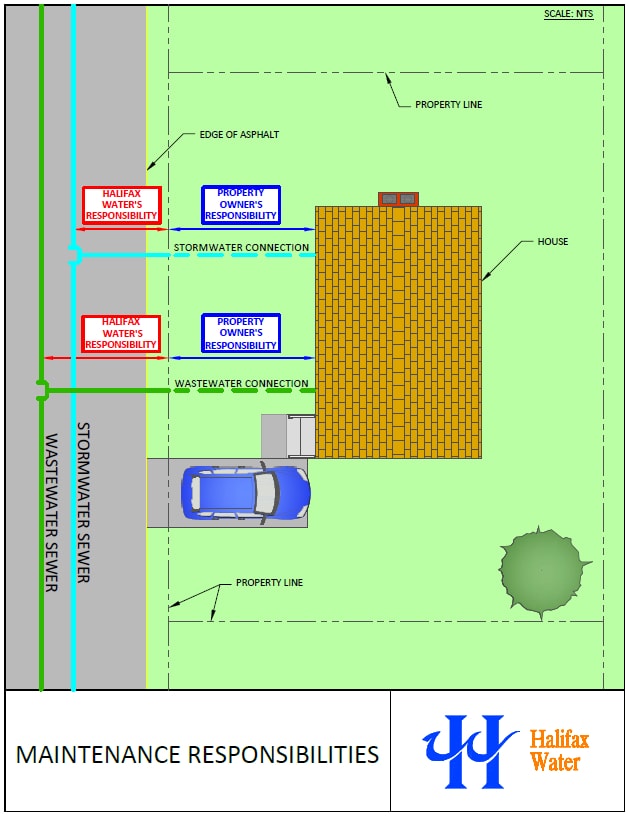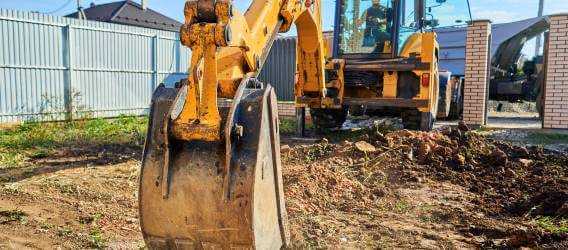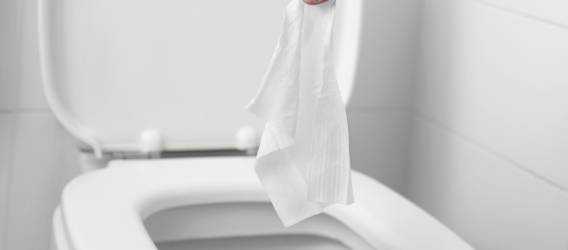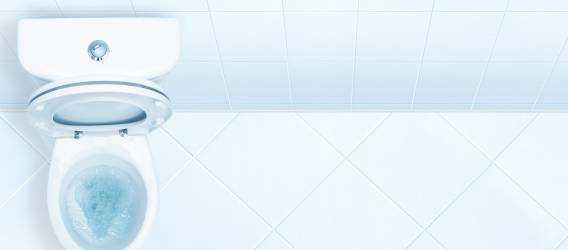As a homeowner within the Halifax Regional Municipality, you are responsible for a number of things on your property that affect Halifax Water's systems - water, wastewater and stormwater.
Halifax Water is responsible for, and continually maintains and upgrades, the public water, wastewater and stormwater systems (the portion of the underground piped systems found in the street, as well as ditches and culverts, within the public right-of-way).
As a property owner, you are responsible for the maintenance and operation of the water, wastewater and stormwater systems located on your private property. Your laterals are the underground pipes extending from your building to the Halifax Water system in the street. You may have one or more laterals to your home:
- The water lateral delivers water from the main in the street to inside your house. A water meter measures the amount of water delivered which is how you are billed.
- The wastewater lateral is designed to carry flows from toilets, sinks, bathtubs, showers, dishwashers and washer machines.
- The stormwater lateral is designed to carry flows created by rain, groundwater and snow melt including stormwater from sump pumps and yard drains.
As a homeowner you need to know where your property line is located and to ensure that your private water, wastewater and stormwater systems (including laterals) are not carrying inappropriate flows such as pollutants, cross contamination or inflow and infiltration.

Regulations for Homeowners
Halifax Water is governed by various regulatory requirements as laid out by the Nova Scotia Utility And Review Board and Nova Scotia Environment. To help meet these criteria, Halifax Water requires private property owners to also comply with requirements as found in the Halifax Water Regulations.



